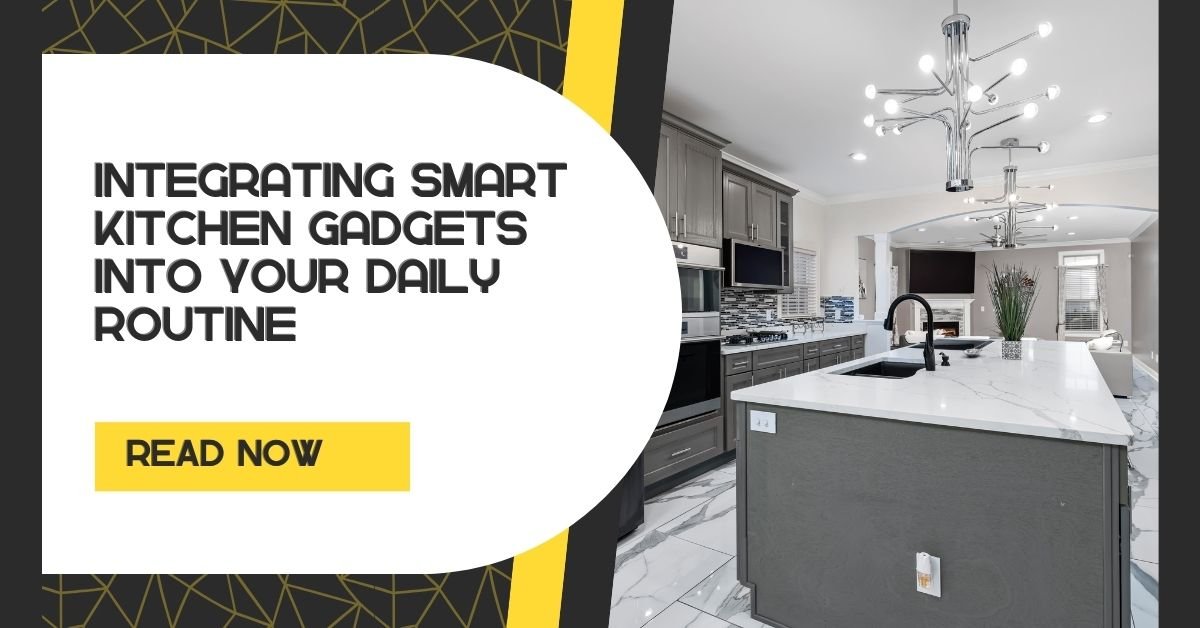Smart kitchen gadgets are transforming the way we cook, clean, and manage daily routines. From brewing your morning coffee automatically to syncing grocery lists with your fridge, these connected tools simplify life in powerful ways. In this step-by-step tutorial, you’ll learn exactly how to integrate smart kitchen gadgets into your daily routine with clear instructions, expert tips, and practical examples.
💡 Want a deeper overview? Read this guide on smart kitchen gadgets to discover the latest innovations.
Step 1: Audit Your Kitchen and Define Goals
Start by listing what smart cooking devices you already own—or plan to buy. Write down their purpose and desired outcome.
Example Audit Table:
| Device | Purpose | Goal |
|---|---|---|
| Smart Coffee Maker | Morning brew | Brew coffee at 7:00 a.m. |
| Smart Oven | Dinner prep | Preheat to 180°C by 6:00 p.m. |
| Smart Scale | Portion control | Log calories automatically |
📸 Visual Idea: Screenshot of your audit table.
Alt text: “Smart kitchen device audit list with goals.”
Step 2: Pick a Central Hub (Voice or App)
Choose one main hub—Amazon Alexa, Google Home, or Apple HomeKit. This avoids confusion and keeps automations simple.
👉 Install the hub’s app.
👉 Connect your smart kitchen gadgets.
👉 Rename devices clearly (e.g., “Main Oven” not “Mom’s Oven”).
Step 3: Optimize Wi-Fi and Security
Most connected appliances depend on Wi-Fi. Here’s how to prepare:
Test Wi-Fi strength in the kitchen.
Add a mesh router node if needed.
Create a separate IoT network for gadgets.
Use strong passwords and enable auto-updates.
🔒 Tip: Isolate your smart devices to protect personal data.
Step 4: Set Up Devices Properly
Follow the manufacturer’s steps:
Reset before setup.
Use the hub app for pairing.
Update firmware.
Replace default credentials with strong ones.
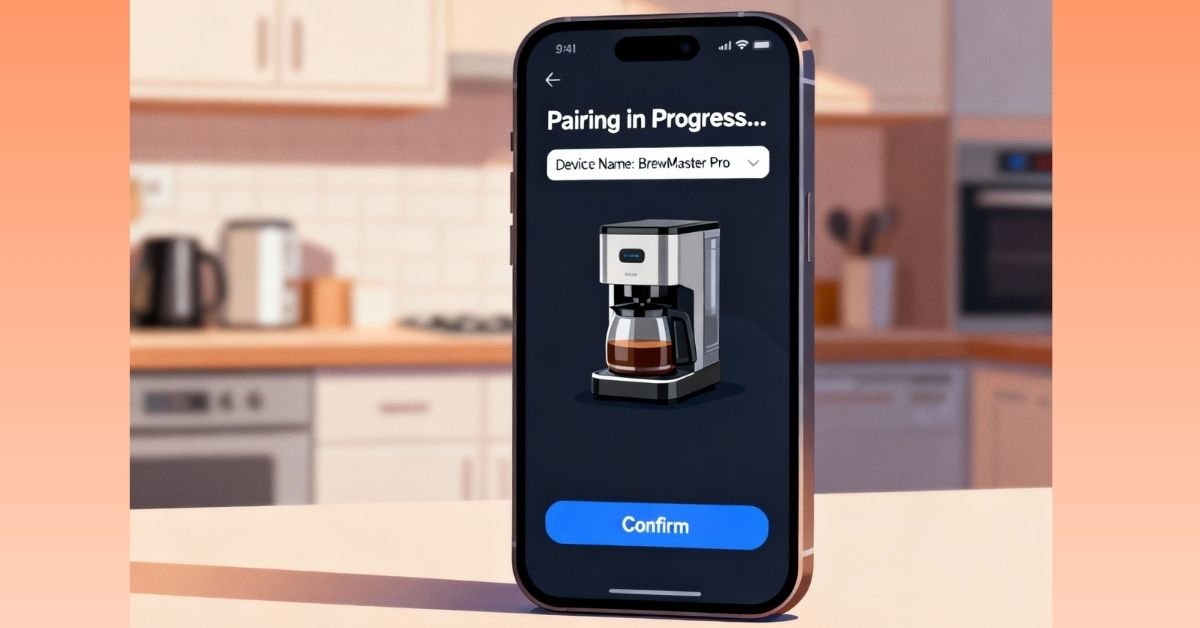
Step 5: Automate Your Morning Routine
Start with something small—like a smart morning routine.
Example Automation:
06:50 → Kitchen lights turn on.
06:55 → Smart coffee maker starts brewing.
07:00 → Voice assistant announces, “Your coffee is ready.”
07:05 → Smart scale logs breakfast portion.
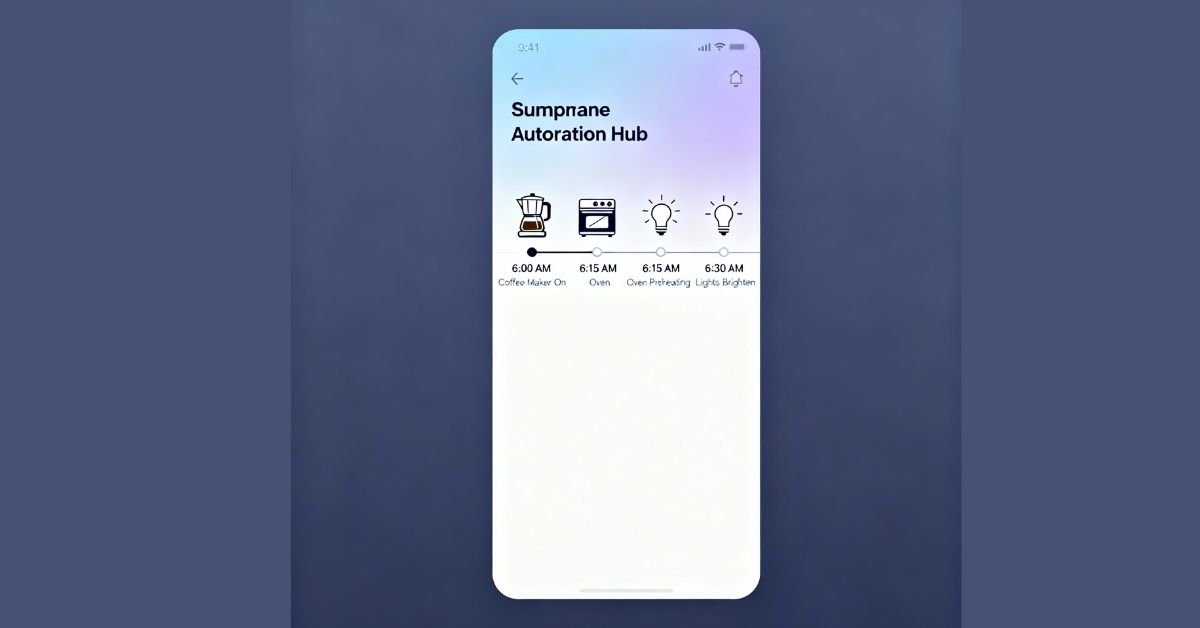
Step 6: Use Sensors and Triggers
Make your kitchen smarter with sensors:
Motion sensors: Lights turn on when you enter.
Door sensors: Prevent oven preheat if the door is open.
Temperature sensors: Alert if fridge temp rises.
Step 7: Link Meal Planning and Grocery Lists
Smart kitchen gadgets go beyond cooking:
Connect your smart fridge to grocery delivery apps.
Use your smart scale to track calories.
Sync shopping lists with family automatically.
Step 8: Troubleshoot Problems Quickly
If something fails:
Check power.
Test Wi-Fi on your phone.
Restart the gadget.
Update firmware.
Re-pair device if needed.
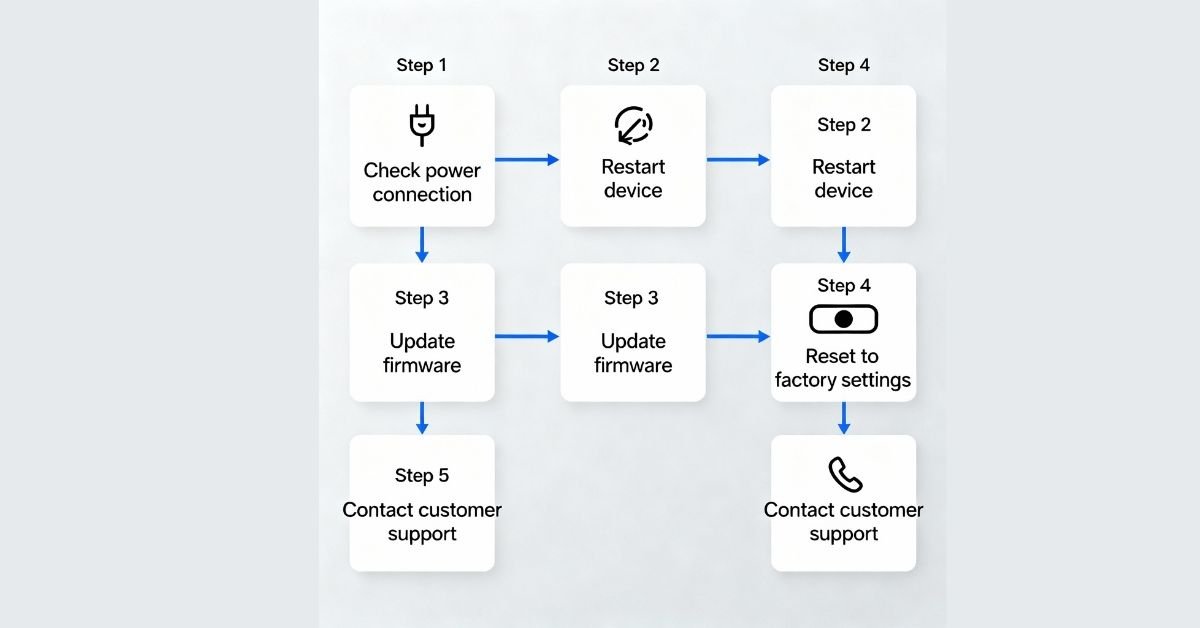
Step 9: Track and Improve
Weekly, check:
Did automations work?
How much time did you save?
Any device failures?
Example metric: Morning coffee routine success rate: 95% over 30 days.
Step 10: Maintain Security and Reliability
Change passwords regularly.
Remove unused gadgets.
Keep apps and firmware updated.
Plan backup manual steps if services go offline.
Pro Tips for Advanced Users
Use voice macros to run multiple steps.
Create energy-saving modes when away.
Explore Home Assistant or IFTTT for advanced workflows.
FAQ (Quick Answers)
Q: Do smart kitchen gadgets really save time?
Yes—automating coffee, lighting, and oven preheating can save 15+ minutes daily.
Q: Are connected kitchen devices secure?
Yes, if you use a separate IoT Wi-Fi and enable firmware updates.
Q: Which gadget should I buy first?
Start with high-use devices like a coffee maker or oven.
Summary & Next Steps
Smart kitchen gadgets simplify daily routines by automating repetitive tasks, improving efficiency, and even helping with grocery management.
✅ Action Checklist:
Audit your devices.
Choose a hub.
Set up and secure Wi-Fi.
Build your first routine.
Review and optimize weekly.
Start with one small automation—then expand as your comfort grows.
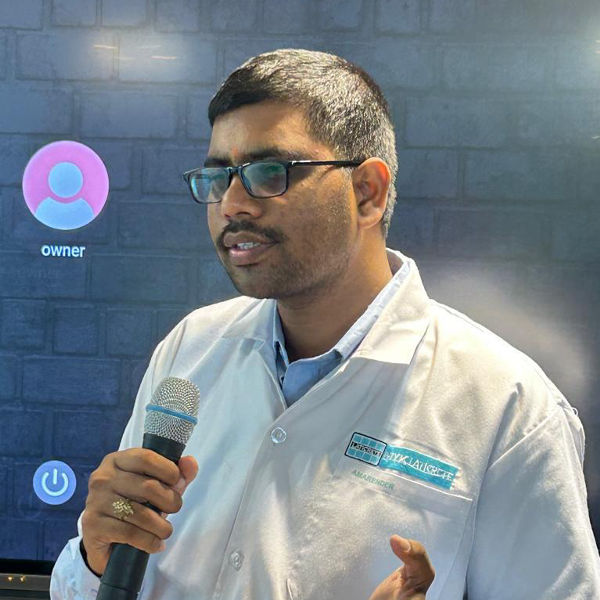
Hi, I’m Amarender Akupathni — founder of Amrtech Insights and a tech enthusiast passionate about AI and innovation. With 10+ years in science and R&D, I simplify complex technologies to help others stay ahead in the digital era.
